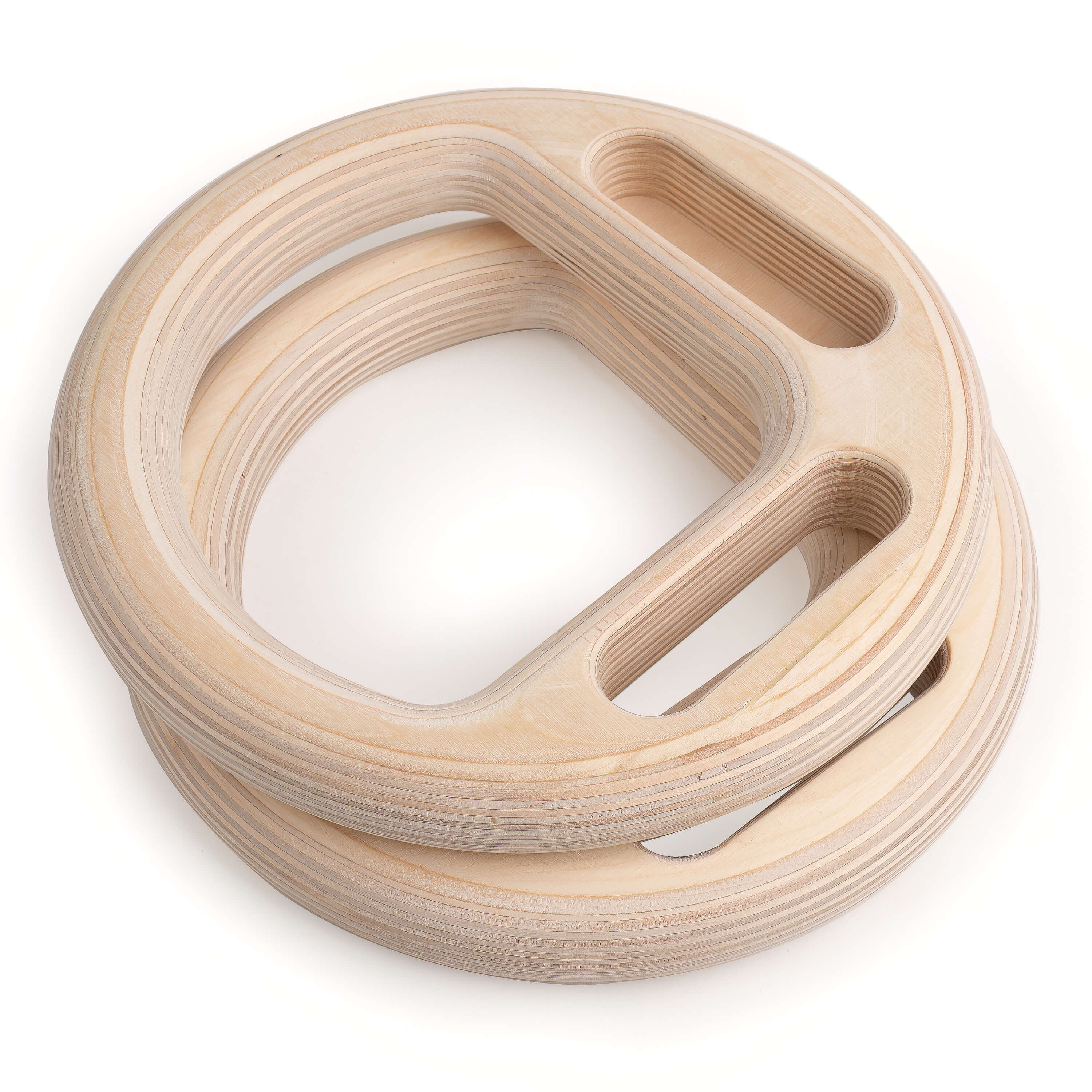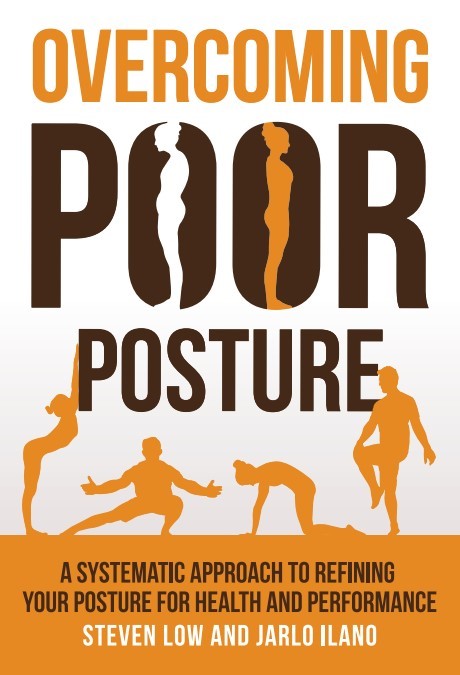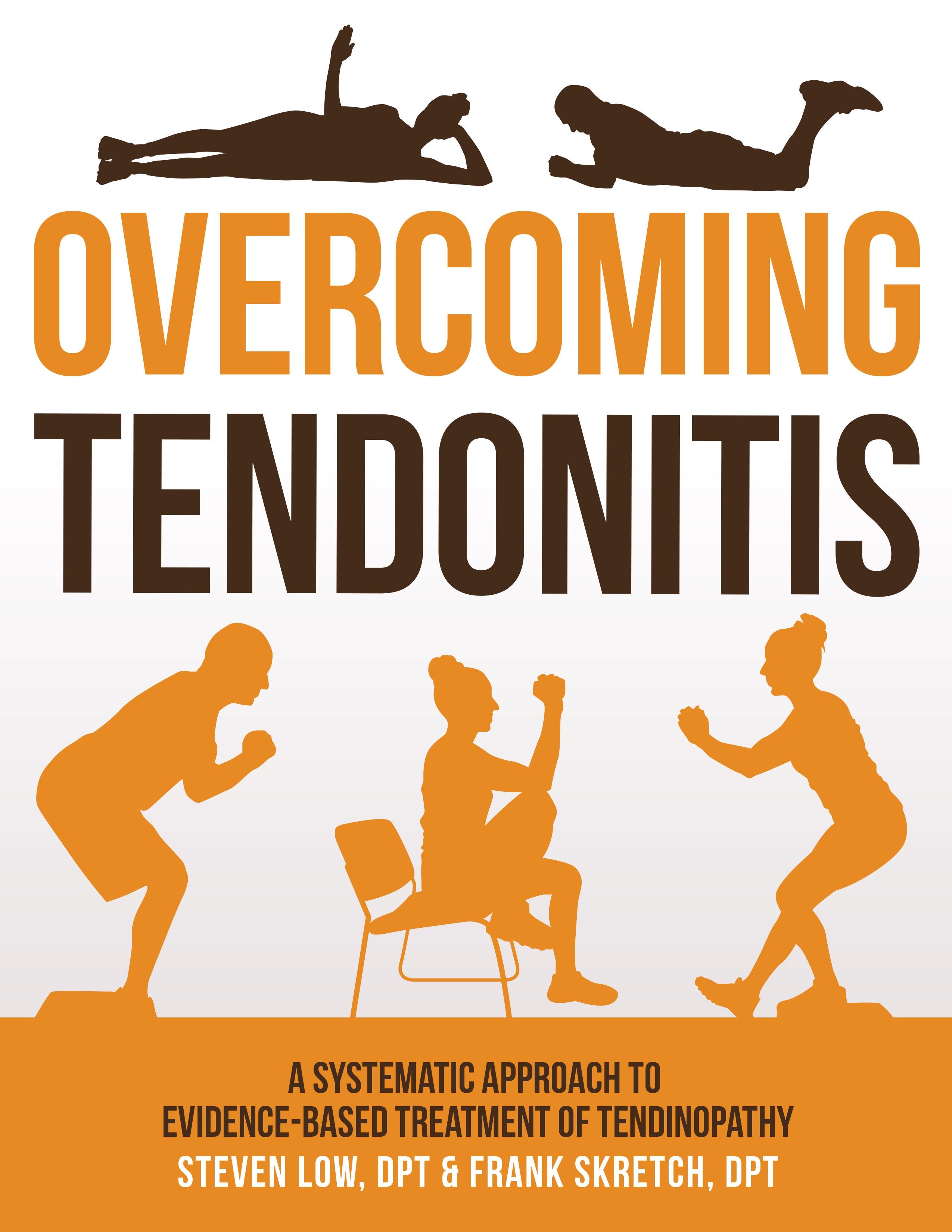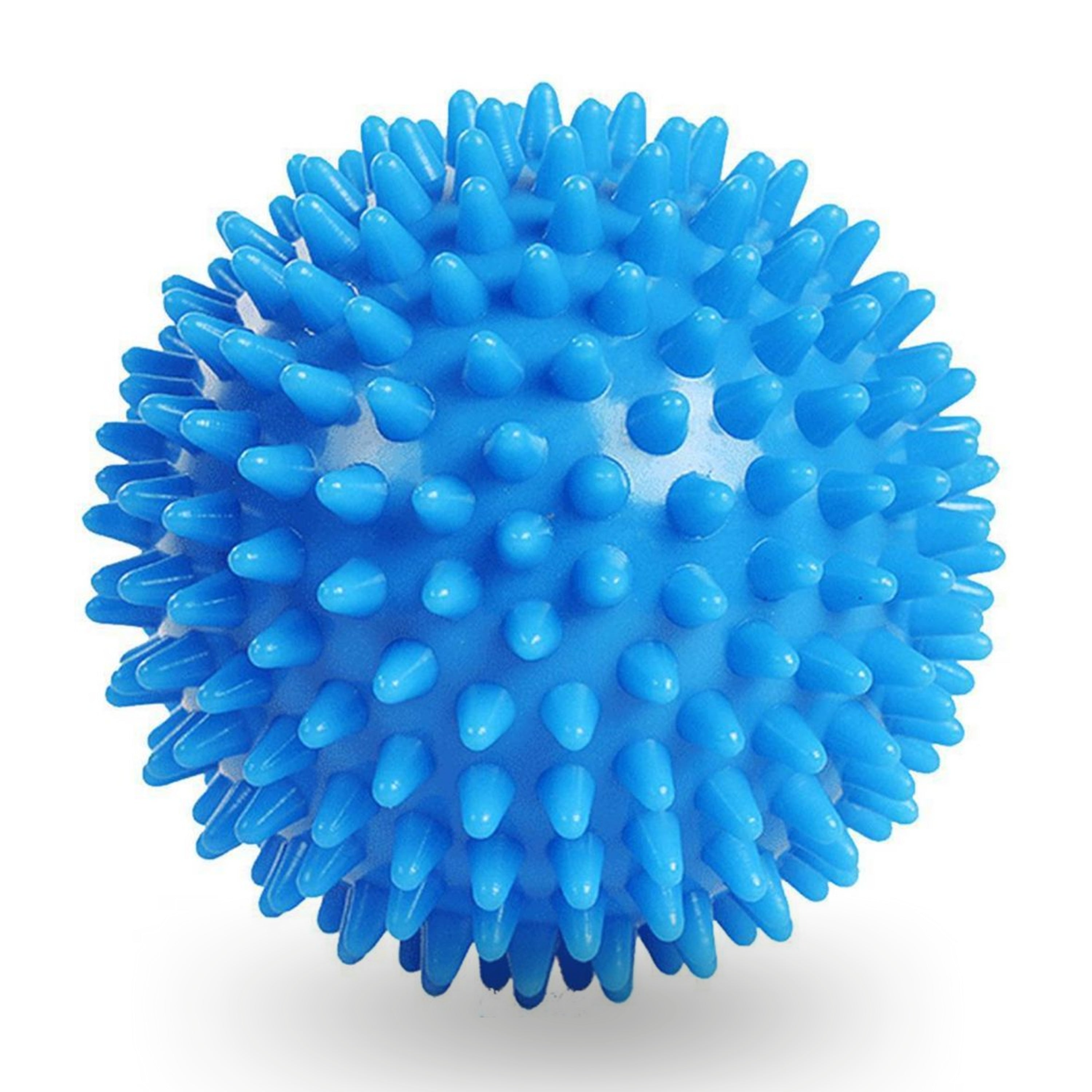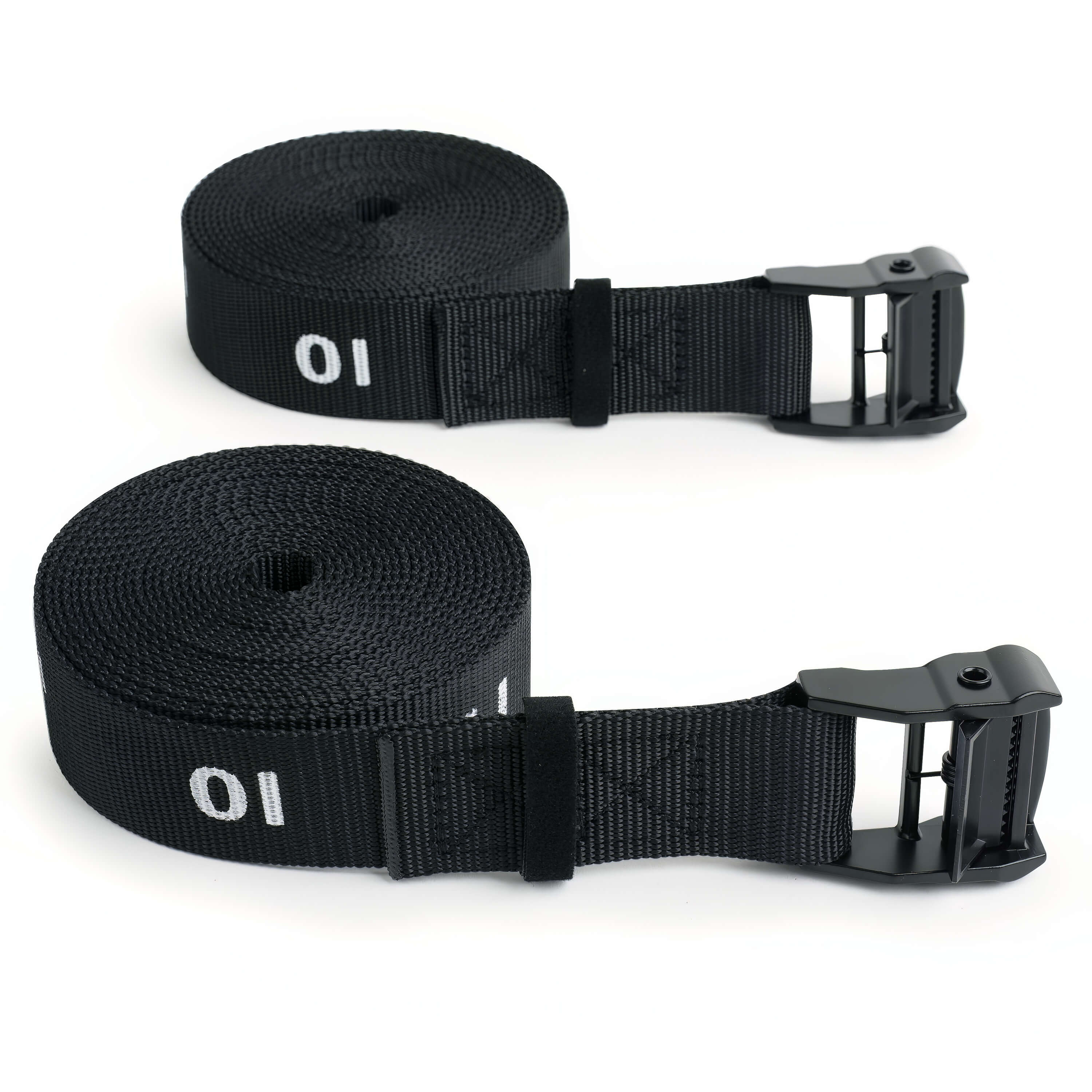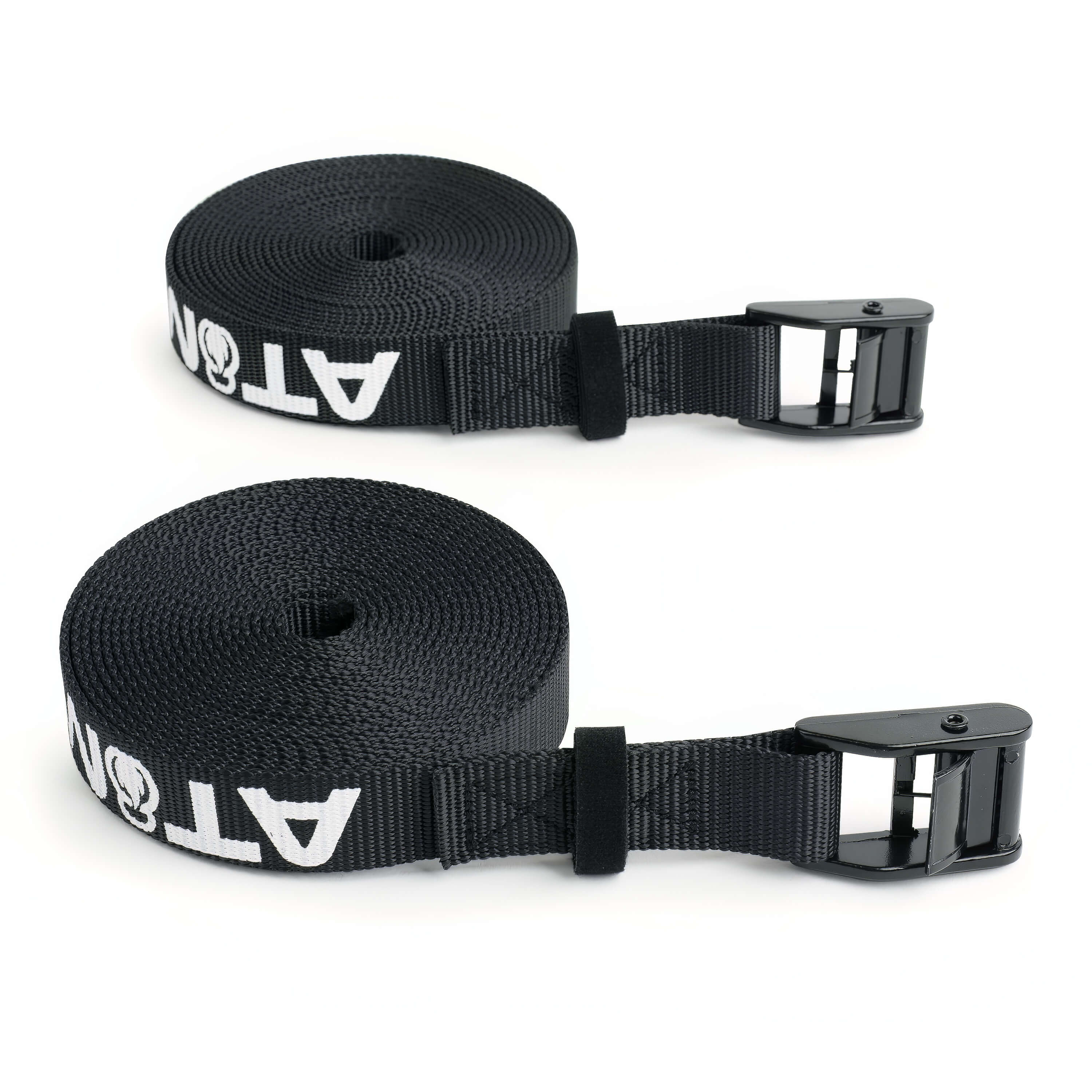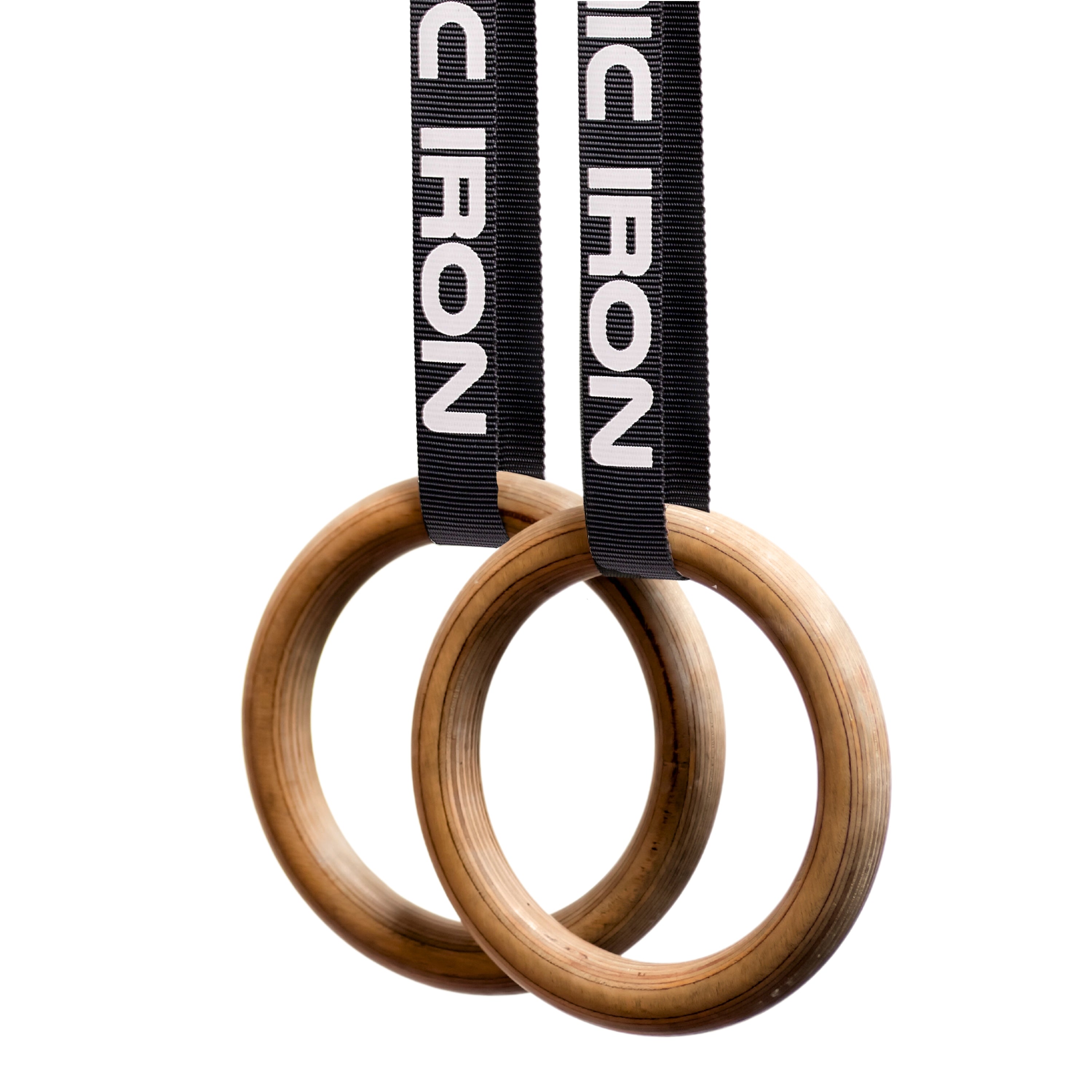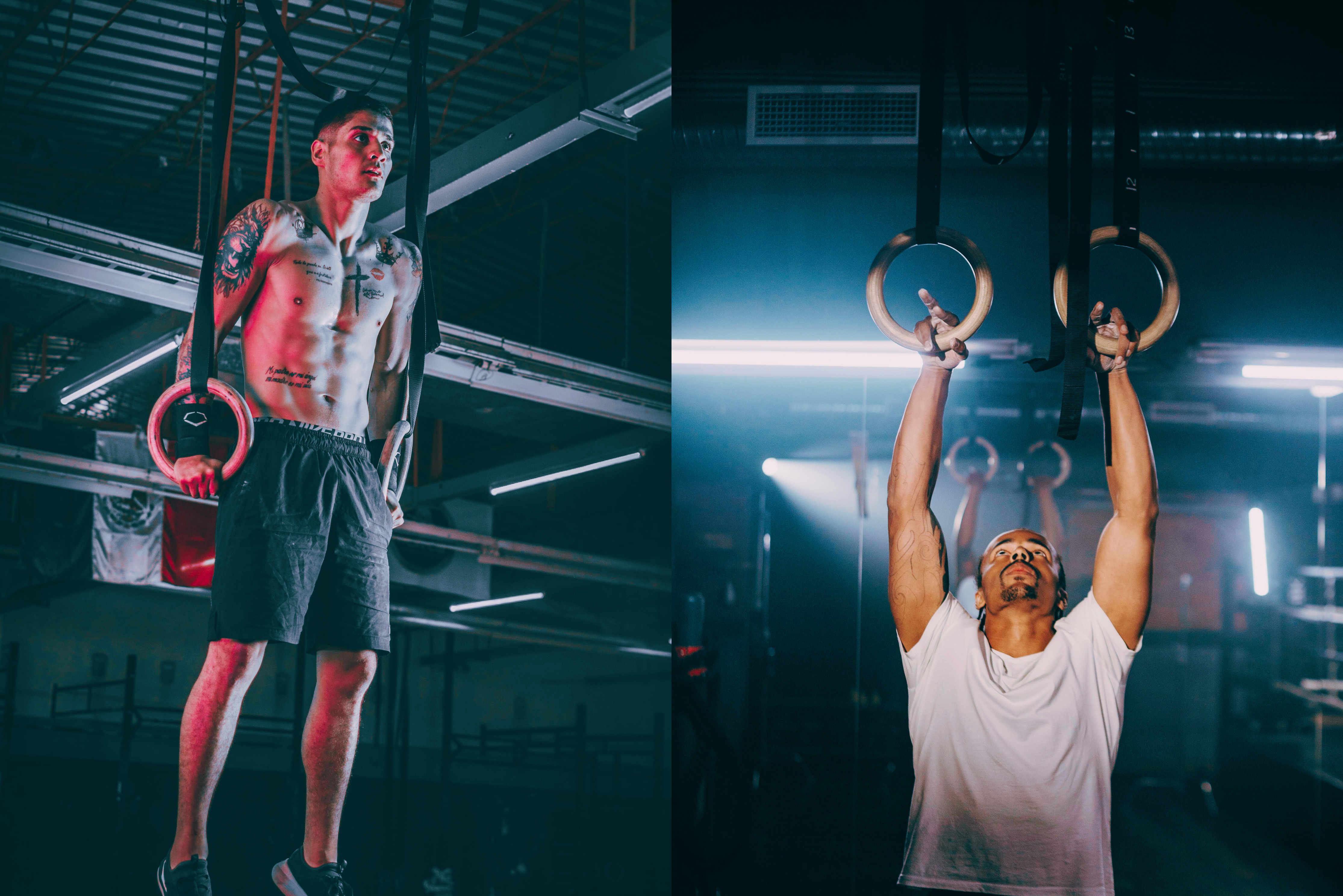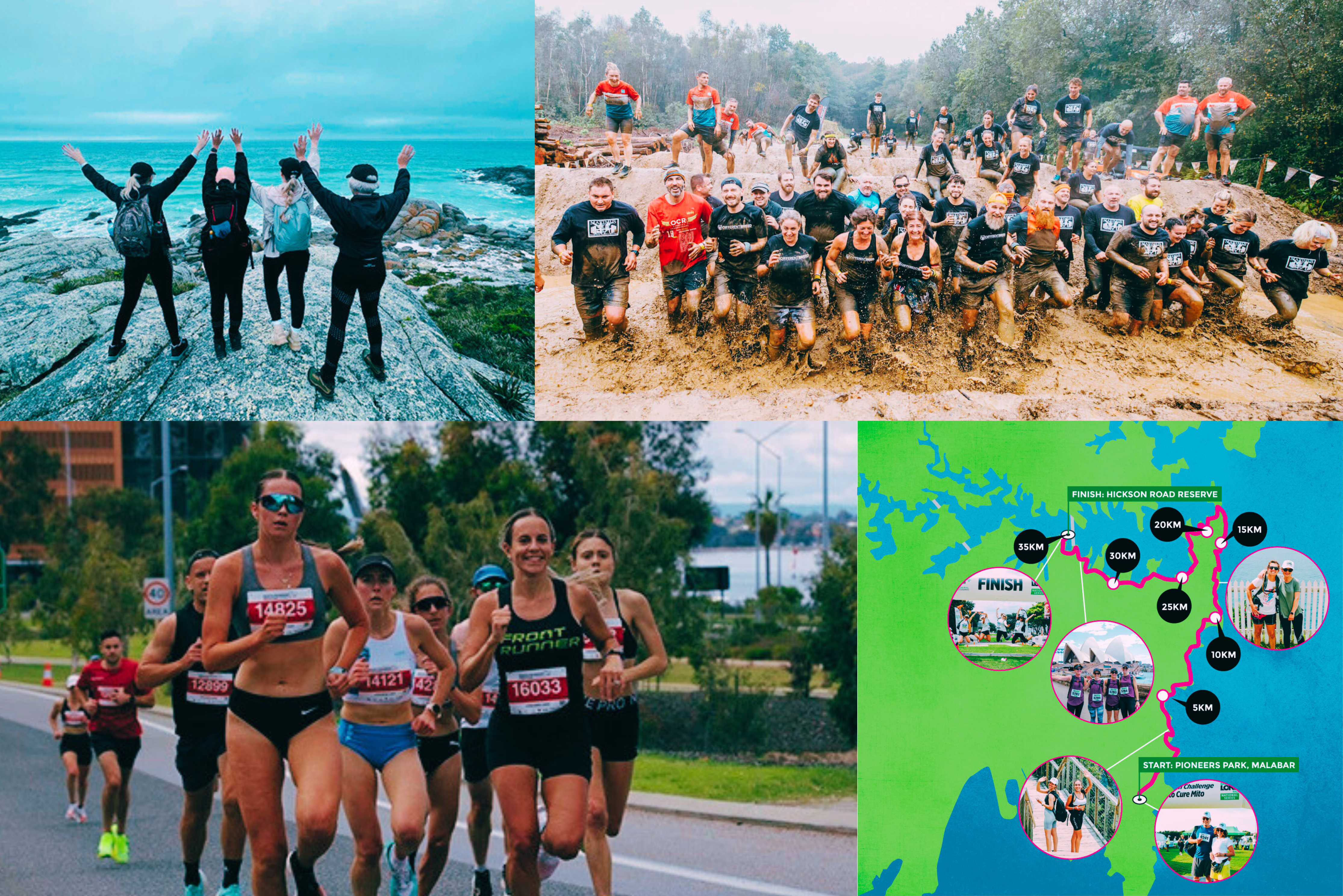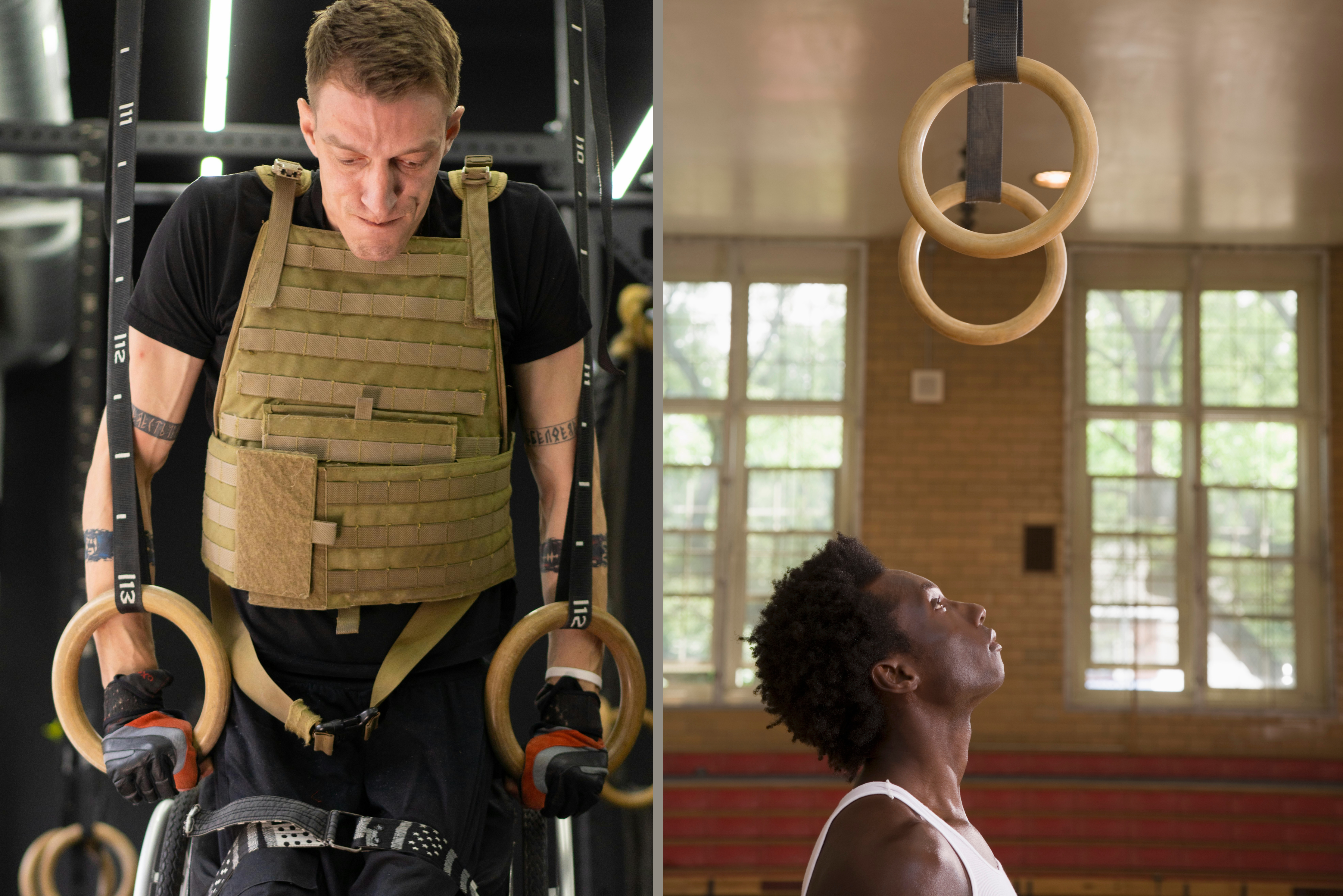Returning To Kids Sport In A Post-COVID World
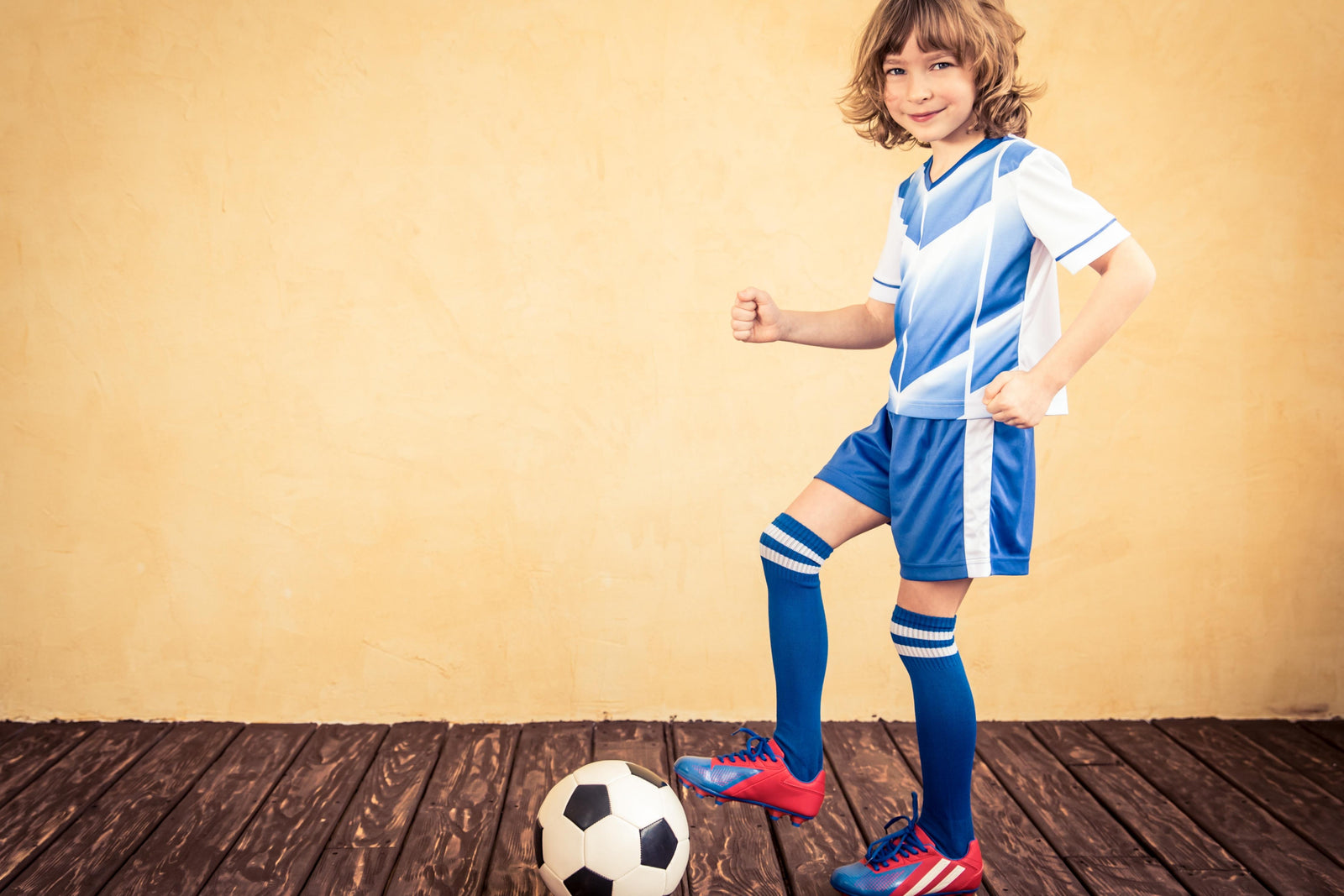
We may not be completely in a post-COVID world just yet, but it would be reasonable to say that the worst of it is behind us. In the last few years, there have been deaths, illness, lockdowns, curfews, masks, and non-stop media bulletins with bad news after bad news. Its been a rough time for adults, and not to mention our children, who, like us, have suffered physically as well as mentally.
So what has been the physical impact of dealing with the worst pandemic in a lifetime over the past 24 months on our children? And how do we foster a healthy return to their regular community sport? Let’s take a look.
1. Decreased Strength
With the majority of kids' sport cancelled and greatly reduced over the past two years, the opportunities for kids to exercise their muscles has been limited.
This is concerning because for children's muscles to grow and become stronger, they need to be used regularly. Unfortunately, when muscles are continually disengaged, the muscle tissue deteriorates in both size and strength, which is known as muscle atrophy.
2. Increased Injuries
As a child’s muscles become weaker due to inactivity, and are then suddenly thrust back into constant sport again, the risk of injury skyrockets. Many parents have reported initial soft-tissue and joint injuries over the first few weeks of their child returning to organised sport.
On top of the pain associated with injury, the increased time an injured child must spend on the sideline, being unable to train and develop new skills, puts a child even further behind in their projected motor skills development.
3. Decreased Skills Development
The formative years from 5-12 years old are crucial to developing the necessary skills base, within a sport, to give children the foundation and confidence to continue to participate. Without training sessions, coaches, and other team members, our children have suffered a set-back in their motor skills development, confidence and their ability to work within a team.
Overall, the pandemic has caused a major set-back in our children's sports skill-set.
4. Psychological Impact
There is little doubt that COVID has had an impact on our children’s mental health. Although it may not be immediately noticeable, the constant pandemic related fear circulating within the community, has resulted in an increase in stress, anxiety, depression, and overall negative emotions in the youth of today.
Compare this state of mind to the headspace that is necessary for a child to excel in sporting events, such as feeling confident, assured, and undistracted, and it becomes evident that unfortunately some children will struggle.
What Can Parents Do?
How can parents prepare their child for the challenges of returning to sport? Kid’s gymnastic rings, as an at home physical exercise activity, can provide the solutions to many of the issues that children will face as they step back in to sport.
- They allow for simple, yet effective body-weight training in a safe environment for muscle development.
- They strengthen the muscle tissue and joints through regular compound and ‘everyday’ movement which translate individual and team sports.
- They are naturally unstable which assists a child’s body balance and co-ordination, the two key ingredients for skills development.
- They are challenging but also fun, with a range of exercises to build a child’s confidence and self-esteem, which are both needed for the pressure of competitive sport.
Kid’s sport is one of the most beneficial physical and mental development activities that a child can participate in for their overall development into adulthood. Although the COVID pandemic has temporality prevented this, there is no reason to not put the work in and make up for lost ground for our children’s sake.











